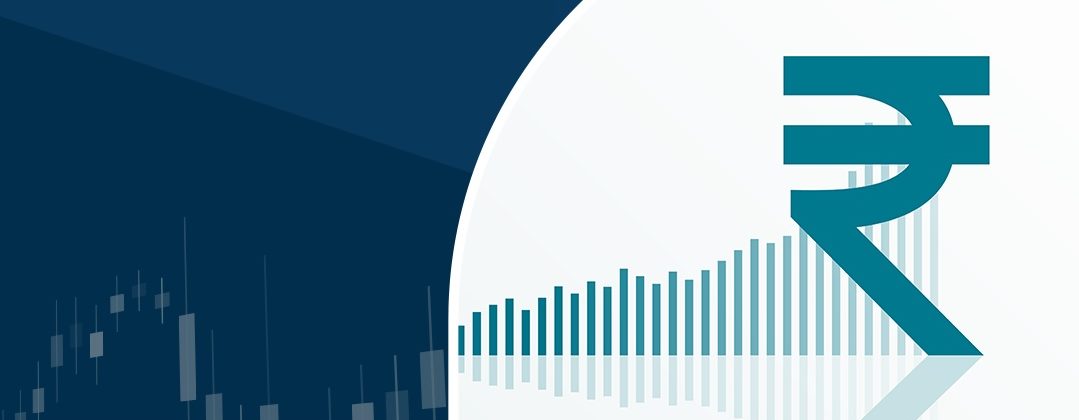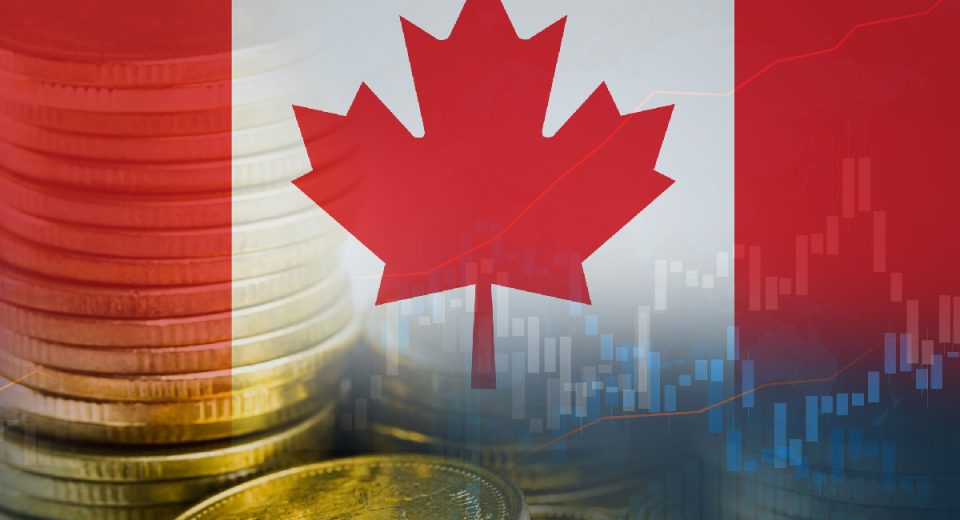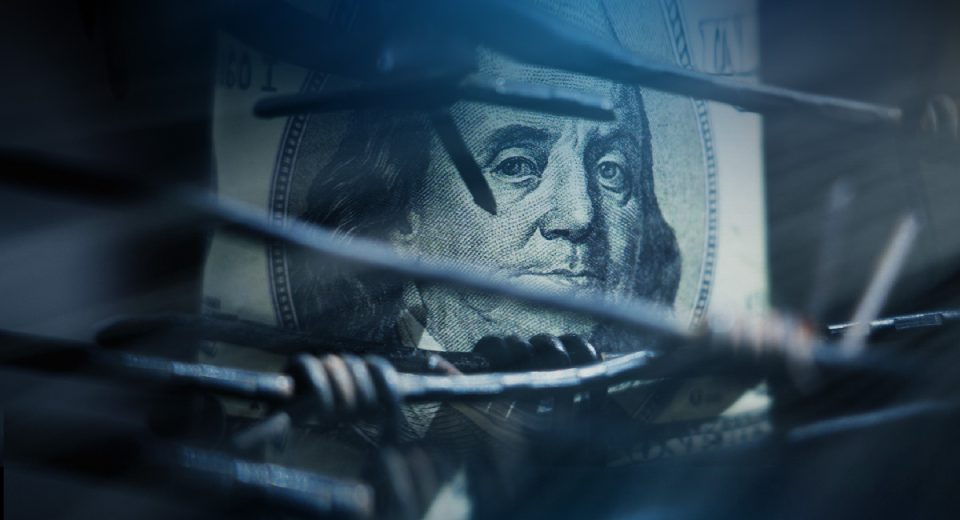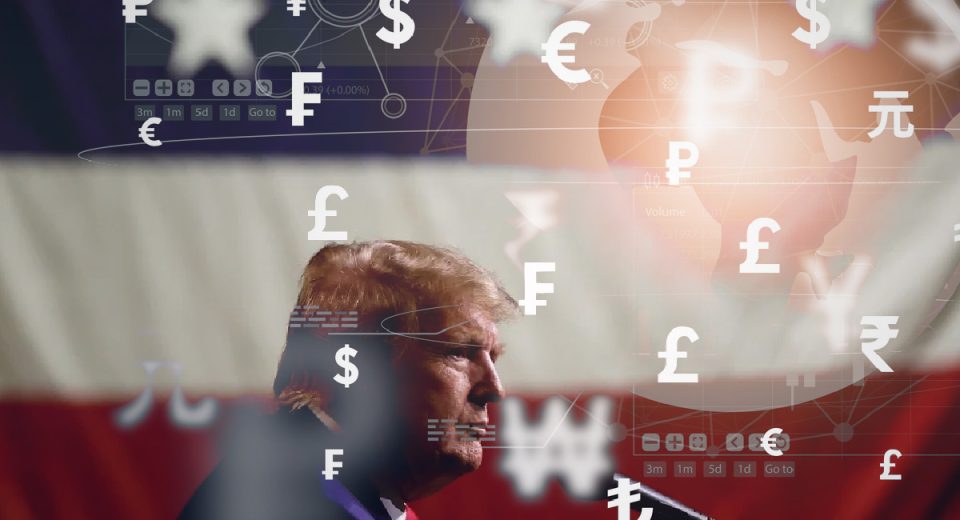Factors that Impact the Indian Currency Exchange Rate

“A stable exchange rate is a beacon of financial and overall macroeconomic stability and market confidence.” – Reserve Bank of India Governor Shaktikanta Das
With the increasing interdependence of countries around the world, foreign exchange rates have come to play an even more vital role in the global economy. Exchange rates matter not only for forex traders but any trader who has an internationally diversified portfolio. This is because currency exchange rates influence the real return on the trades. Here’s a look at the evolution of the Indian currency exchange rate and the factors that impact it.
The Journey of the Indian Exchange Rate
Following India’s independence in 1947, the country adopted a fixed exchange rate regime. This means the exchange rate of Indian currency was artificially fixed by the government. At that time, it was pegged to the British pound. In March 1993, the fixed regime was discarded, and the rupee became free floating, which means its exchange rate is determined by the market instead of the government.
The value of the Indian rupee vis-à-vis other currencies is an important indicator of the country’s economic situation. The value fluctuates due to the demand and supply for these currencies, the trade relations between them and the geopolitical scenario. The INR/USD exchange rate has changed significantly ever since the launch of the Indian currency. While one US dollar could be bought for around _3.30 in 1947, the exchange rate oscillated between 80 and 85 in 2023.
Has the Indian Rupee Actually Declined?
India emerged as the world’s fifth largest economy in September 2022. It also became the fastest growing major economy that year and maintained this status in 2023. Despite these achievements, the value of the INR/USD exchange rate continued to decline. Between 2021 and 2023, the decline in the INR/USD exchange rate can be attributed to the strengthening of the US dollar due to the interest rate hikes by the Federal Reserve. The exchange rate of the rupee vis-à-vis other currencies like the euro, the Canadian dollar, and the British pound remained broadly stable. In fact, the rupee has gained strength against the Japanese yen and the Australian dollar in this period.
Factors Impacting the Indian Currency Exchange Rate
Several economic, political, and geopolitical variables cause fluctuations in exchange rates. Here are the factors that have the most significant impact on the INR/USD exchange rate:
Monetary Policy (Interest Rate)
The central bank (RBI) influences interest rates through its monetary policy. When India’s interest rates rise, it attracts more foreign investment, leading to an increase in demand for the rupee. This, in turn, increases the value of the rupee in the forex market. The monetary policy of other countries also impacts the value for the rupee. For instance, the several interest rate hikes announced by the Federal Reserve through 2022 and 2023 made the US dollar much more attractive for investors. The rupee fell to a record low of 82.76 against the US dollar on December 29, 2023.
Inflation Rate
Inflation erodes the value of a currency. A decade ago, India’s inflation rate was hovering around the high single-digit to low double-digit range. While prices have cooled consistently since then, supply chain disruptions during the pandemic and the Russia-Ukraine conflict took India’s inflation rate back up to around 6% in 2022. The rate started declining after that, with the nation recording the rate at 5.55% for 2023. The inflationary pressures were caused by rising food prices and higher fuel costs, as India is dependent on imports for 85% of its crude requirements.
Foreign Fund Inflows and Outflows
The inflows and outflows of foreign investments in a country impacts the exchange rate. Inflows result in higher demand and an appreciation in the rupee, while outflows hurt demand and result in a depreciation in the currency’s value. Foreign Direct Investment (FDI) inflows into India jumped 23% post covid, as several companies shifted their manufacturing out of China. However, FDIs declined in 2023, mainly due to foreign institutional investors selling their holdings in India to take advantage of rising US bond yields. The INR/USD came under significant pressure as money flowed out of India. By 2024, India was looking at $100 billion in annual FDIs “in the next few years,” which could boost the Indian rupee.
Global Importance
The US dollar dominance cannot be undermined, with the greenback being the currency used for trade between countries around the world. Nonetheless, the growing acceptance of the Indian rupee for international trade transactions supports the demand for the currency. By September 2023, more than 18 countries had agreed to use the rupee for international trade with India, another 35 countries had shown interest in doing so. Developments on this front and the rising clout of the Indian rupee in international trade could lend support to the INR/USD.
Fiscal Deficit
The amount of fiscal deficit impacts the value of a currency. While the widening of the fiscal deficit exerts pressure, the narrowing lends support for the currency. Although the total amount is important, the more meaningful parameter is the fiscal deficit as a percentage of GDP. For FY2023, India’s fiscal deficit as a percentage of GDP stood at 5.9%, compared to 6.3% for the US. The main reason for the widening of India’s fiscal deficit in 2023 was elevated oil prices.
Balance of Trade
Higher exports create demand for a country’s currency, while rising imports exert selling pressure on the currency. Exports being higher than imports translates to a trade surplus and imports being more than exports results in a trade deficit. India’s trade deficit rose sharply to 7.8% of GDP in fiscal 2023, from 6% in the previous year. Increased borrowings from external sources to fund this gap exposes the Indian currency to fluctuations. Any easing in oil prices has a positive impact on India’s balance of trade and the INR/USD pair.
Political Scenario
An uncertain or tense political environment discourages foreign investors from investing in the country, resulting in low capital inflows, which in turn causes the currency to decline in value. India has maintained relative political stability, which has encouraged foreign investment into the country.
Forex Reserves
Forex reserves help a country absorb shocks like a sharp rise in the prices of oil and commodities. A high level of forex reserves also sends a signal to investors that the country’s currency is strong and stable. This increases the demand for the currency and leads to an appreciation in its value relative to other currencies. Any significant depletion in forex reserves affects the exchange rate.
To Sum Up
- The INR/USD exchange rate is primarily determined by the demand and supply for the two currencies.
- Low inflation and high interest rates attract foreign funds to a country, strengthening its exchange rate.
- Foreign investment outflows tend to hurt the rupee’s value.
- While the US dollar is the most widely used currency in global trade, the Indian rupee is gaining recognition.
- High debt of a country dissuades foreign investment and hurts the value of the currency.
- Export growth translates to more demand for its currency, strengthening its exchange rates, while an increase in imports causes depreciation of the currency.
- Political stability supports the Indian rupee.
- High forex reserves lead to appreciation in a country’s currency.
Disclaimer:
All data, information, and materials are published and provided “as is” solely for informational purposes only and are not intended nor should be considered, in any way, as investment advice, recommendations, and/or suggestions for performing any actions with financial instruments. The information and opinions presented do not take into account any particular individual’s investment objectives, financial situation, or needs, and hence do not constitute advice or a recommendation concerning any investment product. All investors should seek advice from certified financial advisors based on their unique situation before making any investment decisions in accordance with their personal risk appetite. Blackwell Global endeavours to ensure that the information provided is complete and correct but make no representation as to the actuality, accuracy or completeness of the information. Information, data, and opinions may change without notice and Blackwell Global is not obliged to update on the changes. The opinions and views expressed are solely those of the authors and analysts and do not necessarily represent that of Blackwell Global or its management, shareholders, and affiliates. Any projections or views of the market provided may not prove to be accurate. Past performance is not necessarily an indicative of future performance. Blackwell Global assumes no liability for any loss arising directly or indirectly from use of or reliance on such information herein contained. Reproduction of this information, in whole or in part, is not permitted.




